Retro Replay Review
Gameplay
Cities XL builds on the familiar city-builder template popularized by titles like SimCity, but expands the sandbox with deeper systems and multiplayer integration. Players begin by crafting a personal avatar, a purely cosmetic presence that allows for chat and emote interactions when visiting friends’ cities. While this avatar doesn’t affect resource production or citizen happiness, it adds a social layer uncommon in most city simulators.
(HEY YOU!! We hope you enjoy! We try not to run ads. So basically, this is a very expensive hobby running this site. Please consider joining us for updates, forums, and more. Network w/ us to make some cash or friends while retro gaming, and you can win some free retro games for posting. Okay, carry on 👍)
The core of Cities XL lies in two distinct modes: a single-player sandbox with over a dozen varied maps, and the subscription-based Planet mode. Single-player maps let you experiment without consequences, whereas Planet mode places your city among hundreds of other players’ settlements on a shared world. This communal environment unlocks an extensive marketplace where you can trade surplus goods for tokens, striking deals with both fellow mayors and the mysterious OmniCorp. Contracts last five days or until the surplus is consumed, encouraging strategic planning and diplomacy.
City construction marries granular control—placing individual roads, homes, and businesses—with broader “blocks” that automatically tessellate around main arteries, even when roads curve diagonally. You must satisfy four classes of residents and five industries, from low-tech agriculture requiring unskilled labor to high-tech firms that demand executives and engineers. Infrastructure systems—water, power, rail, and highways—must be laid by hand, and public services like police stations, schools, and parks are essential to maintain growth and avert urban decay.
Information is king in Cities XL. A sophisticated suite of menus and overlays provides instant feedback on pollution, traffic flow, citizen satisfaction, and industry needs. One-click summaries highlight which resident class is struggling or which factory is underproducing, while deeper statistical panels reveal trends and forecast resource bottlenecks. The interface strikes a balance between accessibility and depth, ensuring newcomers aren’t intimidated, yet veterans can dive into minute efficiency tweaks.
Graphics
Cities XL presents an isometric 3D view that blends stylized architecture with realistic environmental effects. Buildings cast dynamic shadows, water surfaces reflect the sky, and highways thread seamlessly through urban sprawl. The game’s art direction leans toward bright, optimistic colors that make sprawling metropolises feel inviting rather than chaotic.
Detail levels scale with camera zoom, revealing pedestrians strolling sidewalks, cars streaming along expressways, and cargo trains clanking through industrial zones. Day-night cycles and weather patterns—sunny mornings, overcast afternoons, or light rain—add atmosphere without overwhelming system resources. While the engine isn’t cutting-edge by today’s AAA standards, it remains surprisingly smooth on mid-range hardware, even with massive cities hosting thousands of buildings.
The user interface complements the visuals with a clean, icon-driven design. Menus slide in from the screen’s edges, tooltips appear instantly, and color-coded overlays help you diagnose problems at a glance. Even the Planet mode interface, which handles trading contracts and global leaderboards, feels integrated rather than tacked on, preserving immersion when you switch between city view and world map.
Modest pop-in of distant structures can occur on ultra-high zoom levels, but this rarely disrupts gameplay. Occasional texture stretching shows up along curved roads or when rotating the camera, but overall, Cities XL remains one of the more polished city simulators of its era. Regular post-launch patches addressed performance bottlenecks and further refined the graphical presentation.
Story
As a city builder, Cities XL forgoes a traditional narrative in favor of emergent storytelling through player choice. There’s no scripted campaign or fixed storyline; instead, the tale unfolds in how you design districts, manage resources, and negotiate trade. Each city becomes a unique testament to your leadership style—be it a sprawling trade hub, a green industrial powerhouse, or a sleek residential paradise.
The closest approximation to a plot comes from the OmniCorp, an ever-present trade partner that offers lucrative contracts for surplus goods. Their wafer-thin veneer of corporate benevolence masks a slightly sinister edge, encouraging you to weigh short-term profits against long-term self-sufficiency. In Planet mode, every contract you sign can ripple through the global economy, creating story threads between your city and those of your neighbors.
Social interactions between avatars—limited to text chat and preset emotes—add another layer of intrigue. You might coordinate resource shipments with a friendly mayor two continents away or engage in playful rivalry over production efficiency. While this doesn’t constitute a linear plot, these human connections forge memorable moments and create an organic narrative tapestry that few single-player city sims can match.
Ultimately, the absence of a fixed storyline is a feature, not a flaw. Cities XL trusts you, the player, to craft your own saga out of infrastructural triumphs, economic crises, and diplomatic trade deals. Whether you’re rescuing a struggling agricultural town or orchestrating a high-tech boom, the game’s systems provide a rich sandbox for your urban legend.
Overall Experience
Cities XL strikes a compelling balance between solo experimentation and social collaboration. The sandbox mode offers a playground for creative planners, while Planet mode fosters a living world where your city is part of a larger ecosystem. The subscription requirement for Planet mode may give pause to some buyers, but the depth of global trade, leaderboard challenges, and community events can justify the ongoing investment for enthusiasts.
Beginners may find the learning curve steep: juggling four classes of citizens, five industry tiers, and multifaceted infrastructure can feel daunting at first. Thankfully, the game’s in-context tutorials, tooltips, and data overlays ease newcomers into urban management. Veterans of similar titles will appreciate the extra layers of complexity, from curved-road tessellation to timed trade contracts with OmniCorp and peers.
Performance, once a concern at launch, has improved thanks to regular updates that optimized CPU usage and memory management. Even sprawling megalopolises with extensive rail networks and busy ports remain surprisingly smooth on contemporary PCs. The audio landscape—ambient city sounds, traffic hum, and light musical cues—complements the visual design without ever becoming intrusive.
For potential buyers seeking a city-building experience that goes beyond isolated sandbox play, Cities XL delivers a robust package. Its combination of detailed micromanagement tools, vibrant graphics, and an interactive online economy ensures countless hours of strategic fun. While it may not offer a cinematic storyline or jaw-dropping graphics by today’s flagship standards, its core systems remain among the most satisfying in the genre, making Cities XL a worthy investment for aspiring virtual mayors.
 Retro Replay Retro Replay gaming reviews, news, emulation, geek stuff and more!
Retro Replay Retro Replay gaming reviews, news, emulation, geek stuff and more!
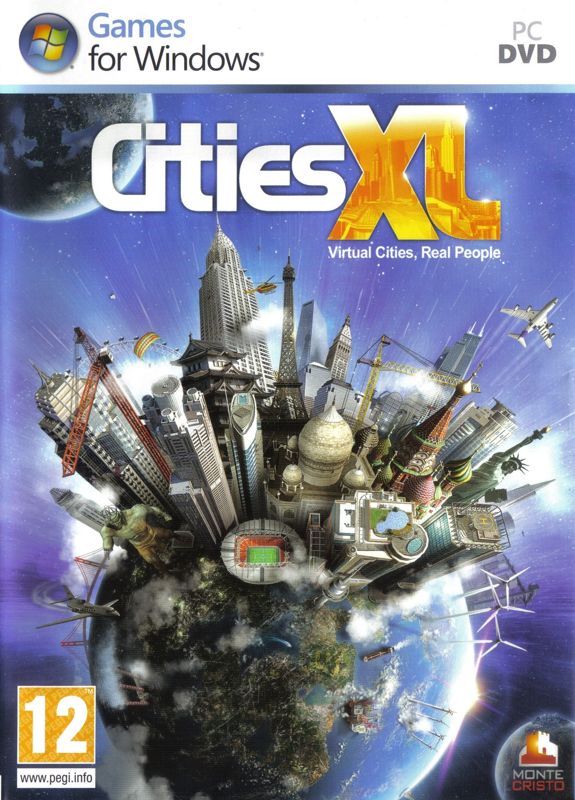
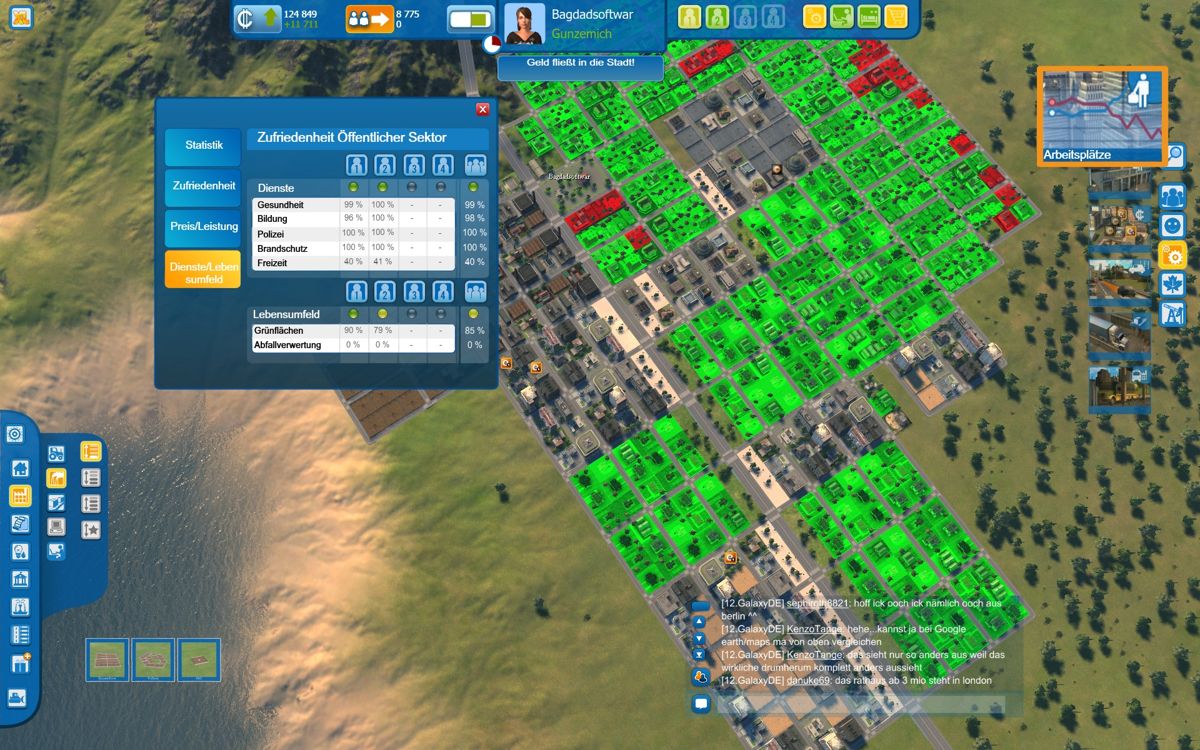
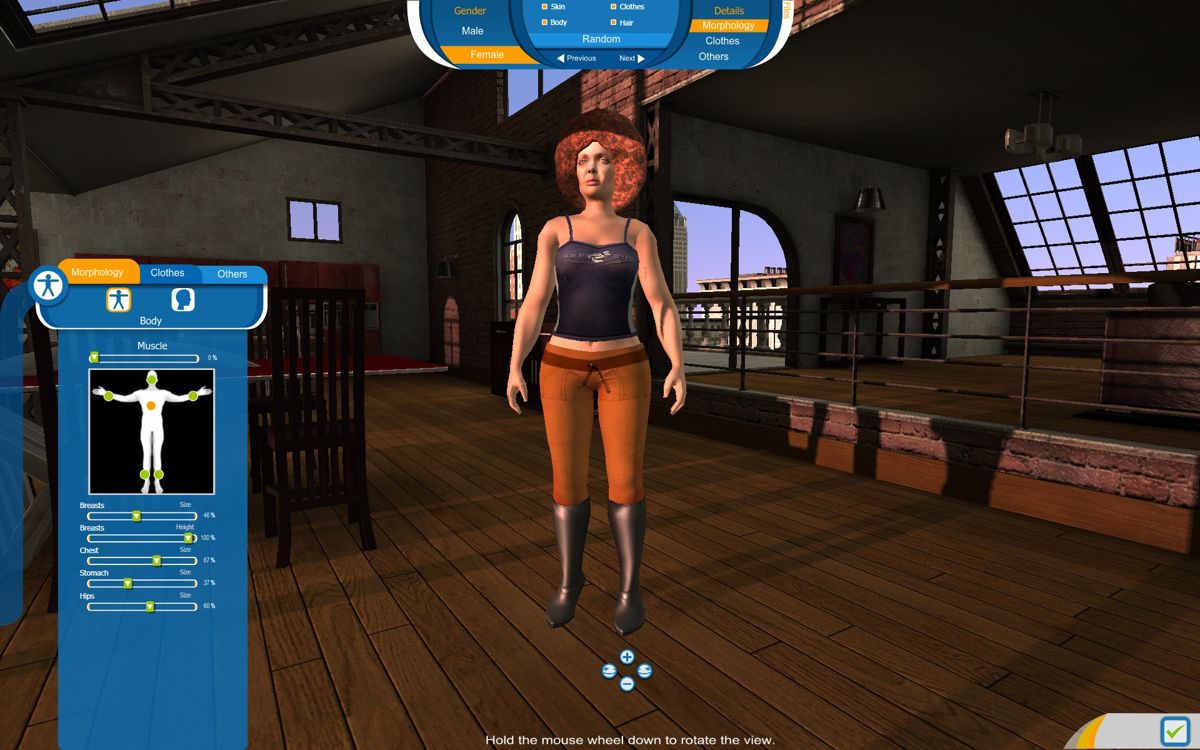
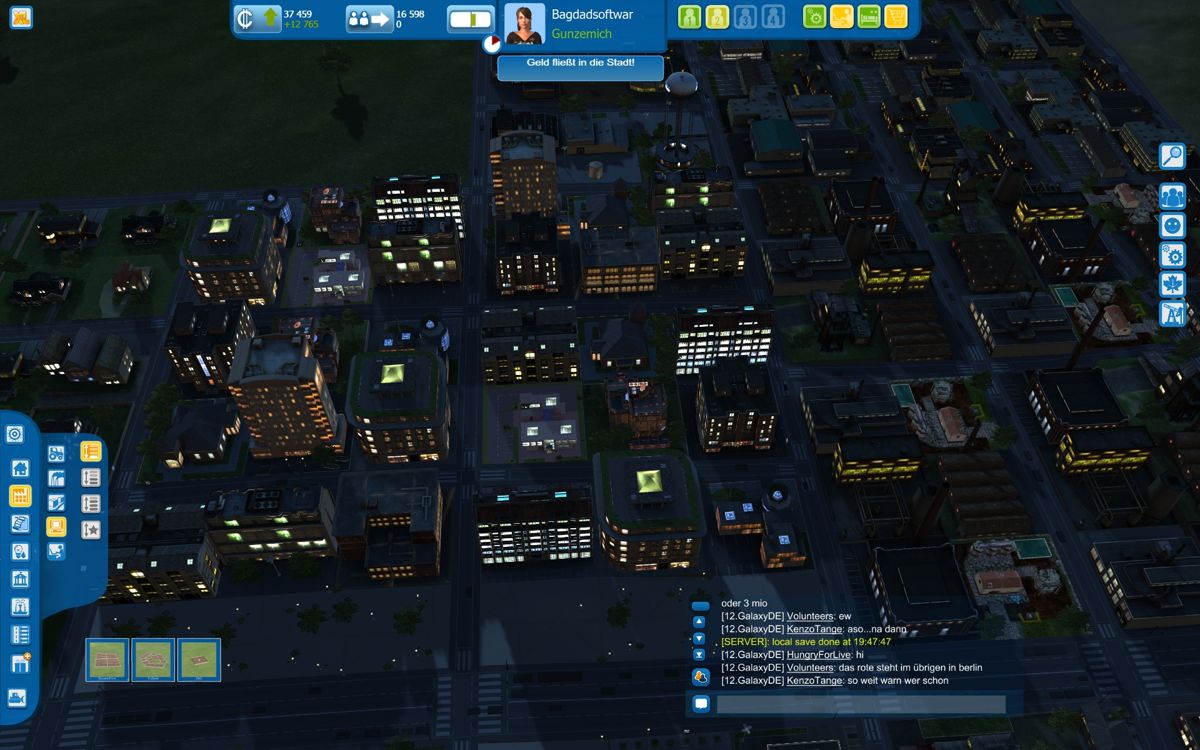

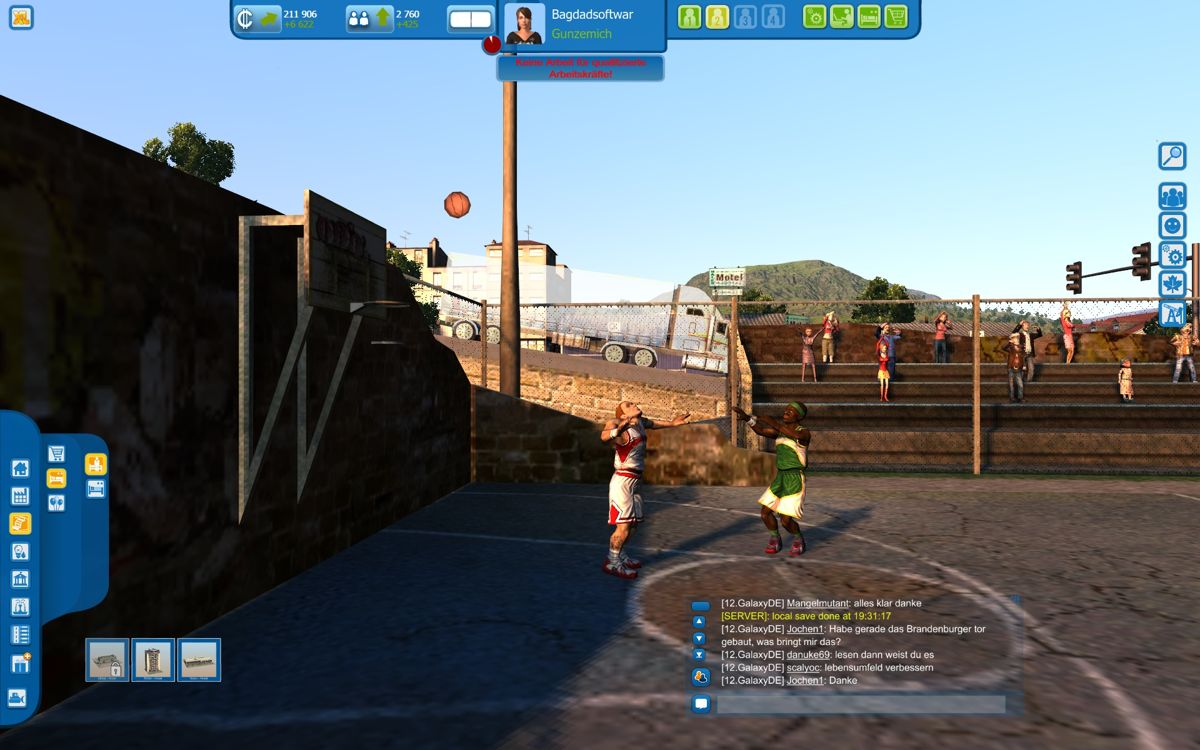



Reviews
There are no reviews yet.